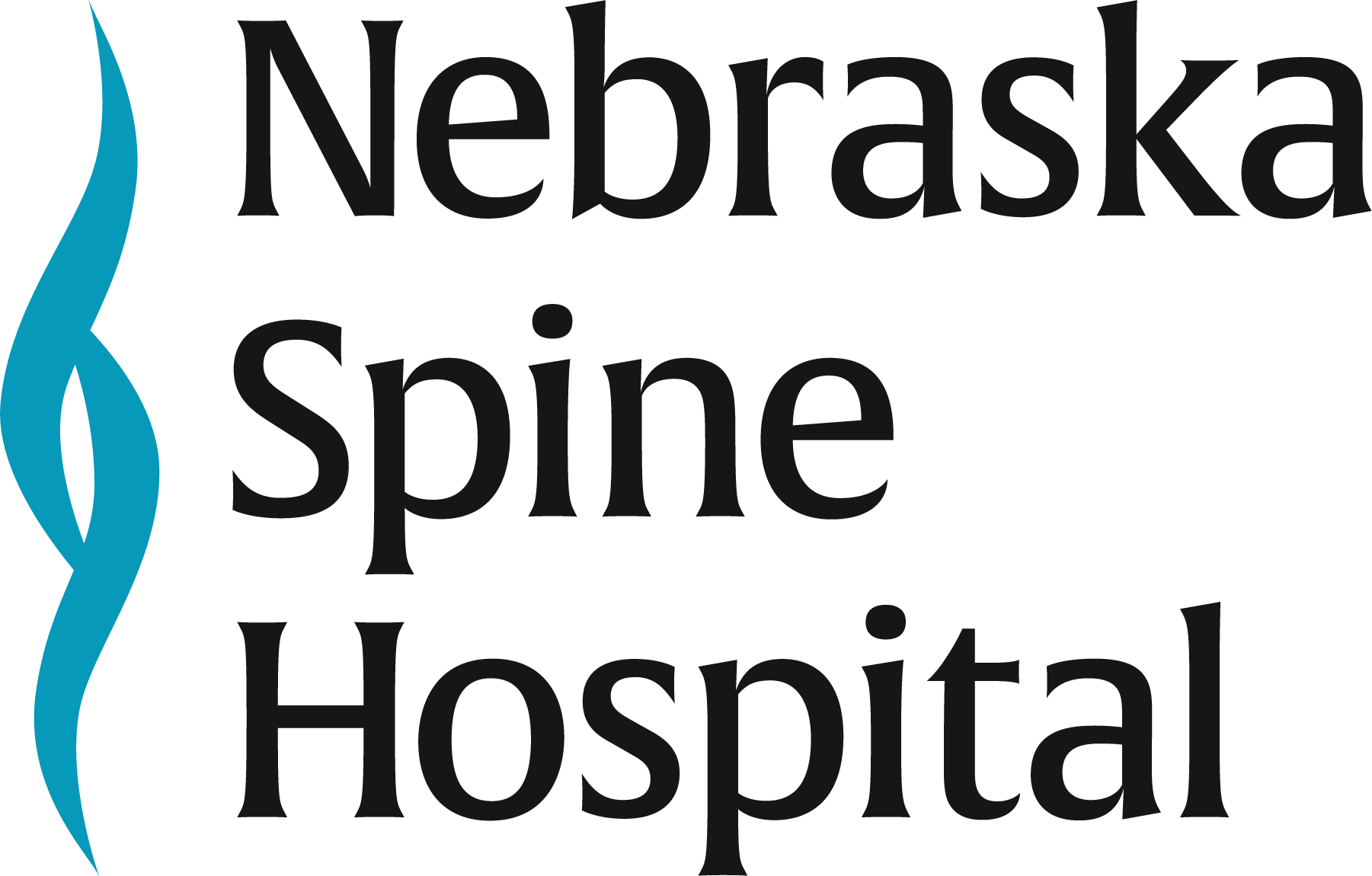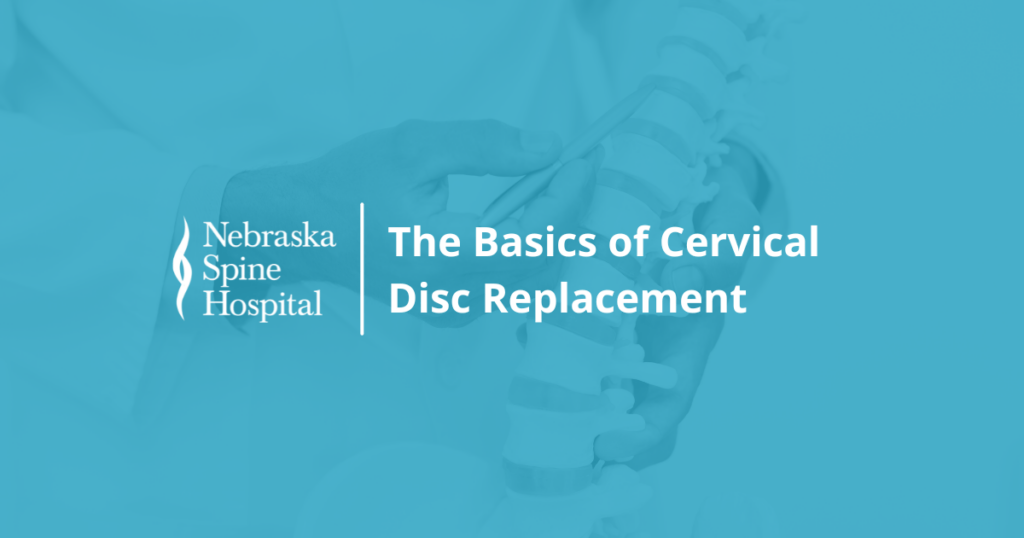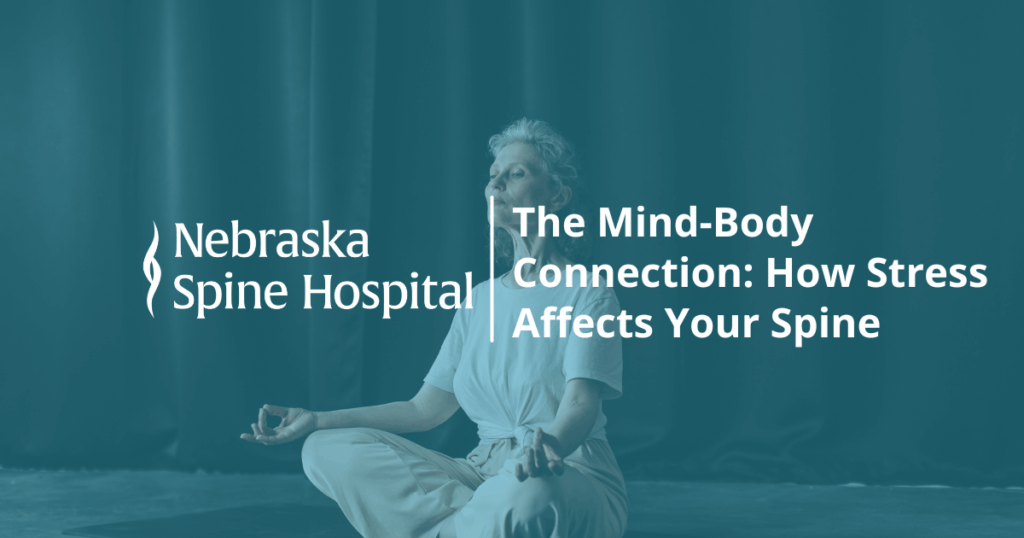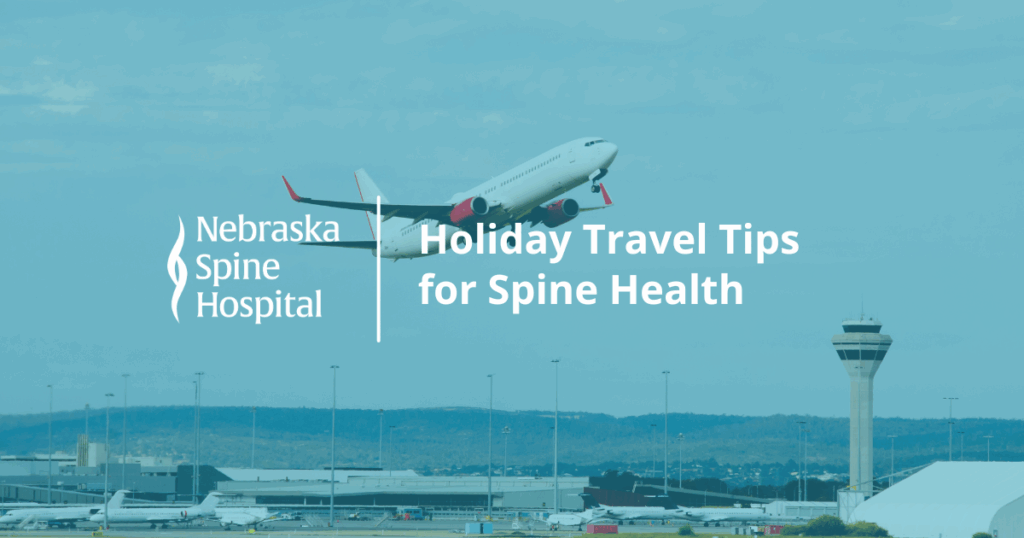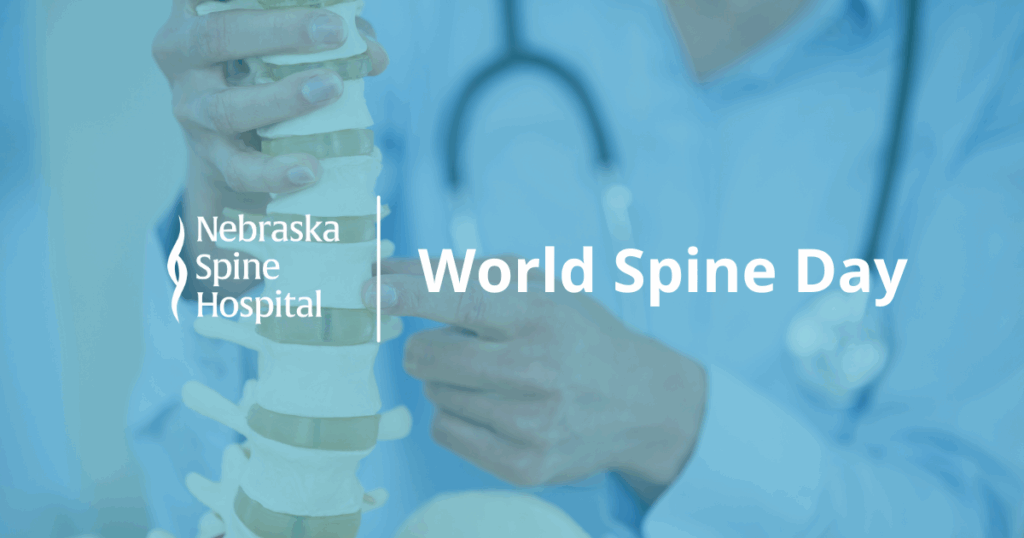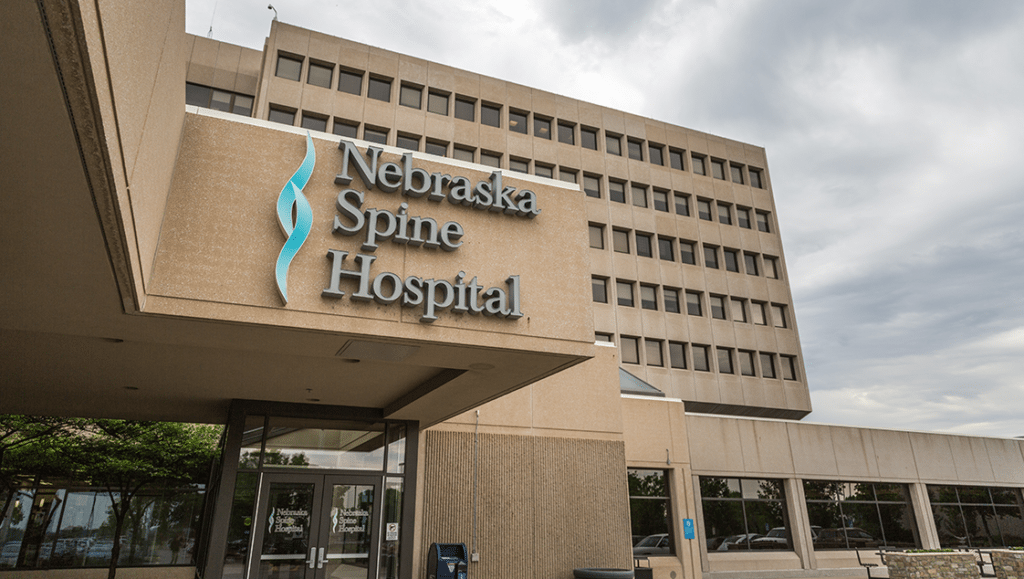As one of the first in the region to perform cervical disc replacement, Nebraska Spine Hospital has become a leading pioneer for its extensive experience in this surgery. But what does this surgery entail?
The Basics of Cervical Disc Replacement
The cervical spine is composed of seven vertebrae that stack up to form the neck. These vertebrae are separated by cervical discs that function as shock absorbers to facilitate neck movement. In addition, the cervical spine serves as a safeguard to the upper portion of the spinal cord to pass through, carrying the nerves responsible for sensation and movement in the upper body. However, when the space between the vertebrae narrows, the cervical disc or vertebrae can press against the spinal cord or nerves, leading to discomfort, numbness, or weakness. Cervical disc replacement may be recommended for those who are unable to find pain relief from other conservative spine care treatment options.
Cervical disc replacement is a surgical procedure that involves removing a damaged or diseased disc in the spine and replacing it with an artificial disc. The procedure aims to relieve pressure on the spinal cord or nerve roots that may be caused by a herniated or degenerated disc. By replacing the damaged disc with an artificial one, natural biomechanics can be more closely retained throughout the cervical spine when the neck moves — maintaining more natural neck motion, reducing the risk of adjacent segments developing degenerative disc disease, and allowing for a quicker return and recovery of neck movement and range of motion after surgery.
Recovery
Following the surgery and as the patient begins to heal, routine visits and physical therapy may be required. Full recovery from cervical disc replacement may take several months, and the length of recovery time may vary depending on the individual and the extent of the surgery. Our team of experienced doctors and staff will monitor your progress and provide guidance on when it is safe to return to work, sports, and other activities.
This blog is posted for educational purposes only and is not to be used as a diagnosis. We urge you to contact your physician if you are experiencing pain.

